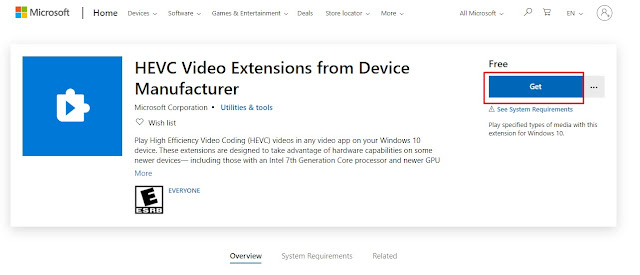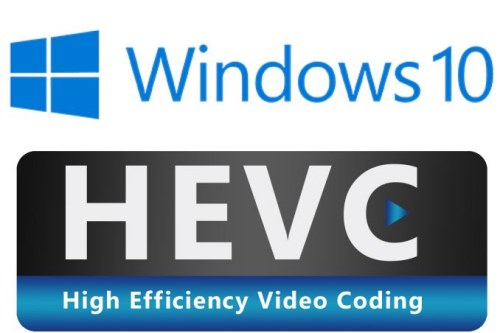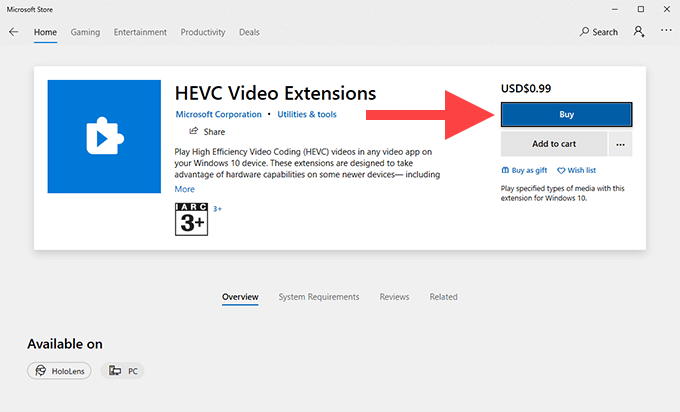


The coding unit panel displays location, slice index, tile index, sizes, coded, prediction (mv, mvd and mv candidates) and transform unit information.The bitstream panel includes a hex viewer and displays a hierarchical view of the syntax elements in the bitstream.Picture overlay options include block partitions which appear as a grid over the current picture, a colour-coded grid for different prediction types, motion vector field, block sizes, quantizers and residual.Header information at all levels of the video stream can be viewed in the metadata panel.
 Frame navigation includes a frame size chart with colours highlighting different types of frames (I, P and B), area chart with coding stats per frame and thumbnails. Figure 1 shows the main window, which includes the frame navigation view, picture view, metadata information, bitstream view and coding unit information view. Once installed successfully, start by opening a HEVC file and explore the various features available using the menu bar in the main window. The User manual explains the system requirements. To install, download the installer from and follow the on-screen instructions. The analyzer currently runs on Windows machines with Microsoft. ** Elecard HEVC analyserĭeveloped by Elecard, the bitstream analyzer comes in trial and full versions. HEVC bitstream analyzers covered include Elecard HEVC analyser, Parabola Explorer and Zond265. It can be a very useful tool for broadcasters and content delivery professionals, quality assurance teams, educators, codec architects and for anyone new to the standard.This white paper gives an overview of popular HEVC analysers including installation guides, usage and available features. A HEVC analyser is software with a user-friendly interface for visualisation and testing of HEVC bitstreams. High Efficiency Video Coding (HEVC) is a next generation video coding standard which has the potential to improve delivery of High Definition and Ultra High Definition video.
Frame navigation includes a frame size chart with colours highlighting different types of frames (I, P and B), area chart with coding stats per frame and thumbnails. Figure 1 shows the main window, which includes the frame navigation view, picture view, metadata information, bitstream view and coding unit information view. Once installed successfully, start by opening a HEVC file and explore the various features available using the menu bar in the main window. The User manual explains the system requirements. To install, download the installer from and follow the on-screen instructions. The analyzer currently runs on Windows machines with Microsoft. ** Elecard HEVC analyserĭeveloped by Elecard, the bitstream analyzer comes in trial and full versions. HEVC bitstream analyzers covered include Elecard HEVC analyser, Parabola Explorer and Zond265. It can be a very useful tool for broadcasters and content delivery professionals, quality assurance teams, educators, codec architects and for anyone new to the standard.This white paper gives an overview of popular HEVC analysers including installation guides, usage and available features. A HEVC analyser is software with a user-friendly interface for visualisation and testing of HEVC bitstreams. High Efficiency Video Coding (HEVC) is a next generation video coding standard which has the potential to improve delivery of High Definition and Ultra High Definition video.







 0 kommentar(er)
0 kommentar(er)
